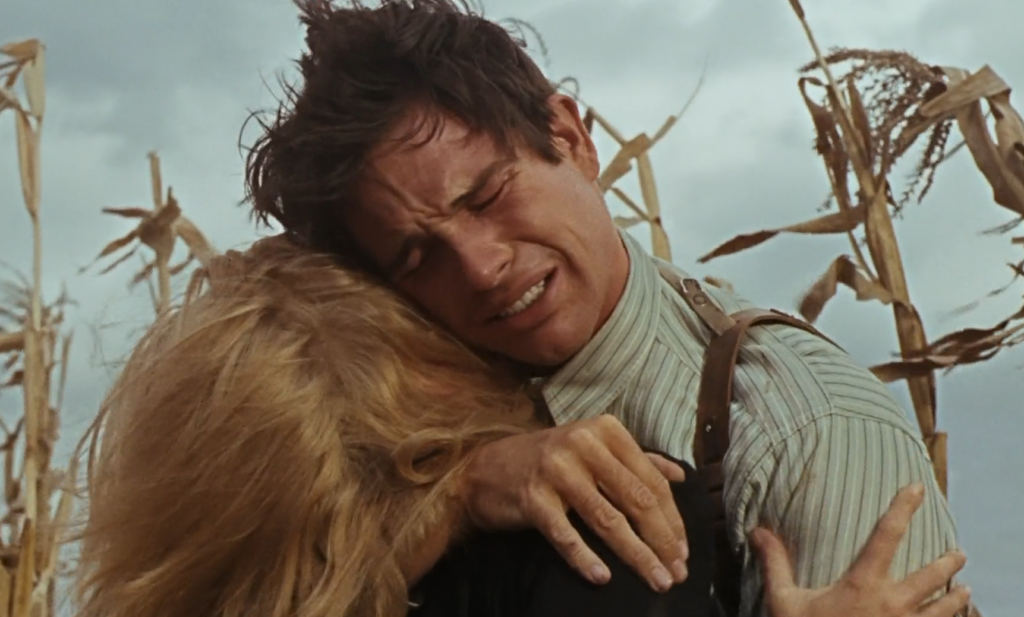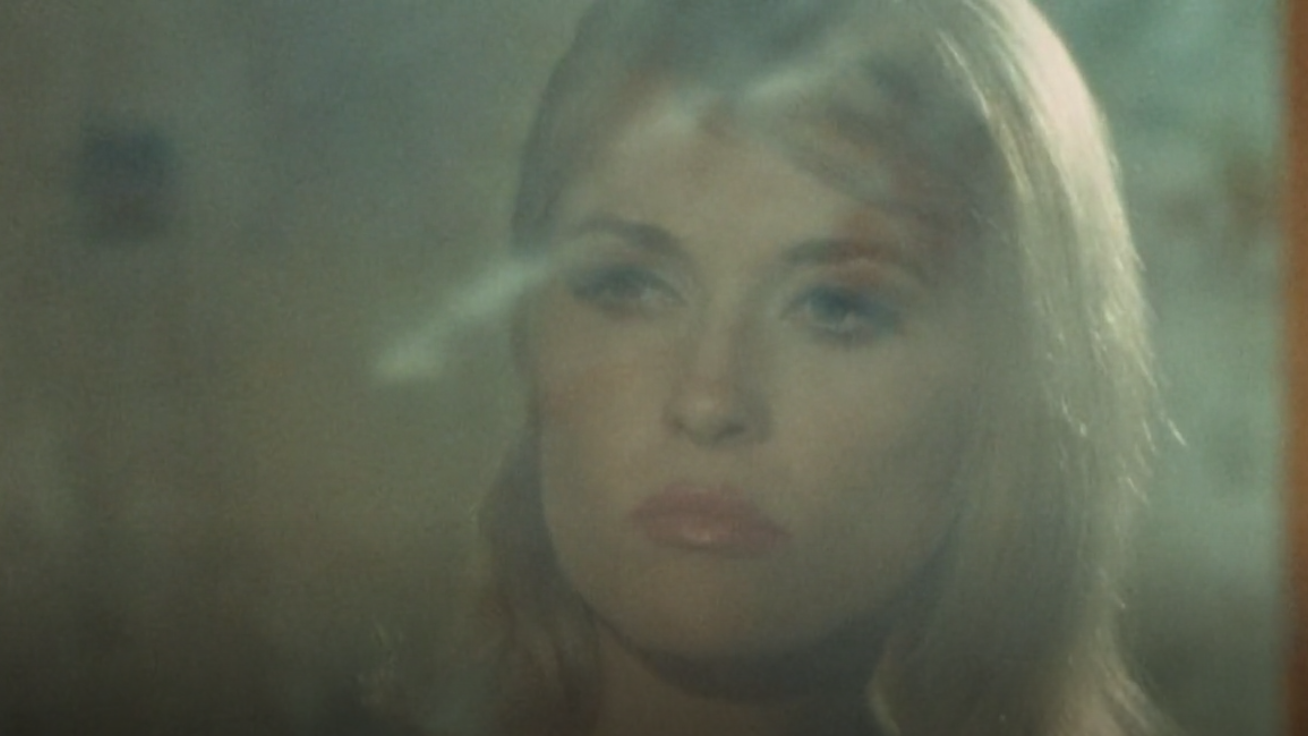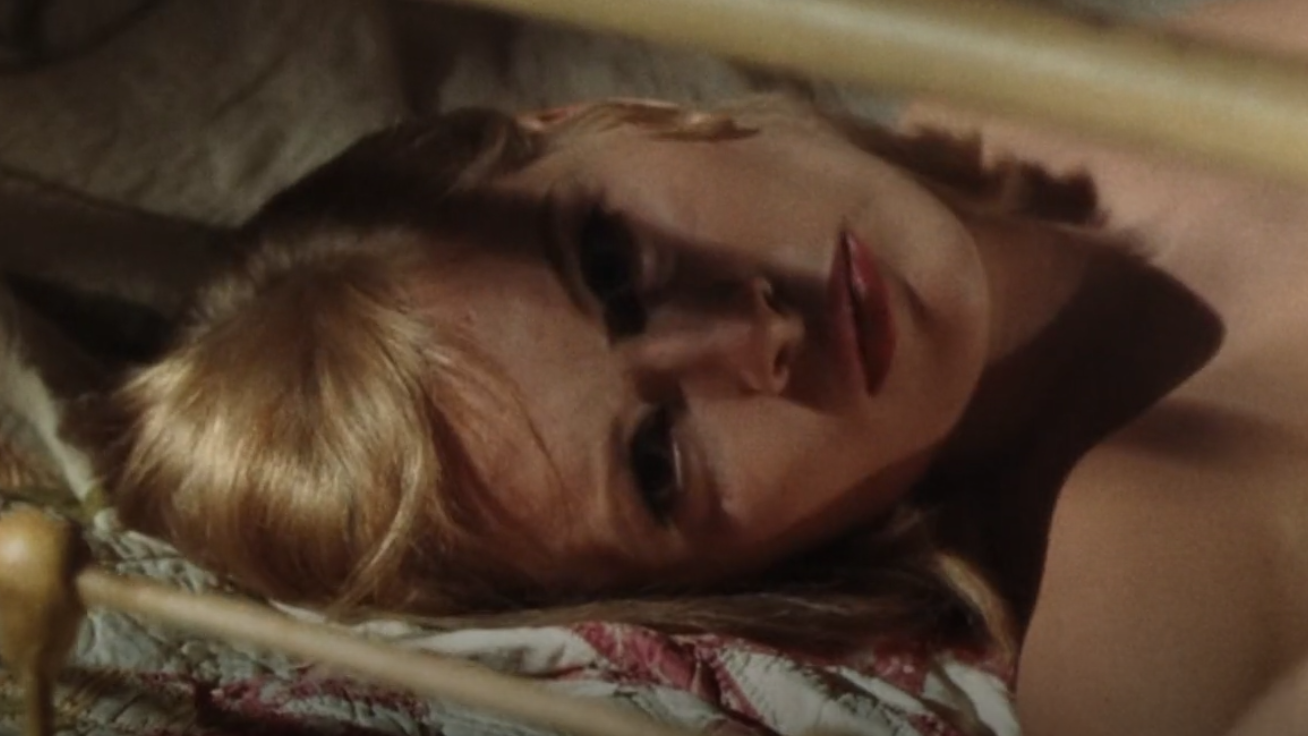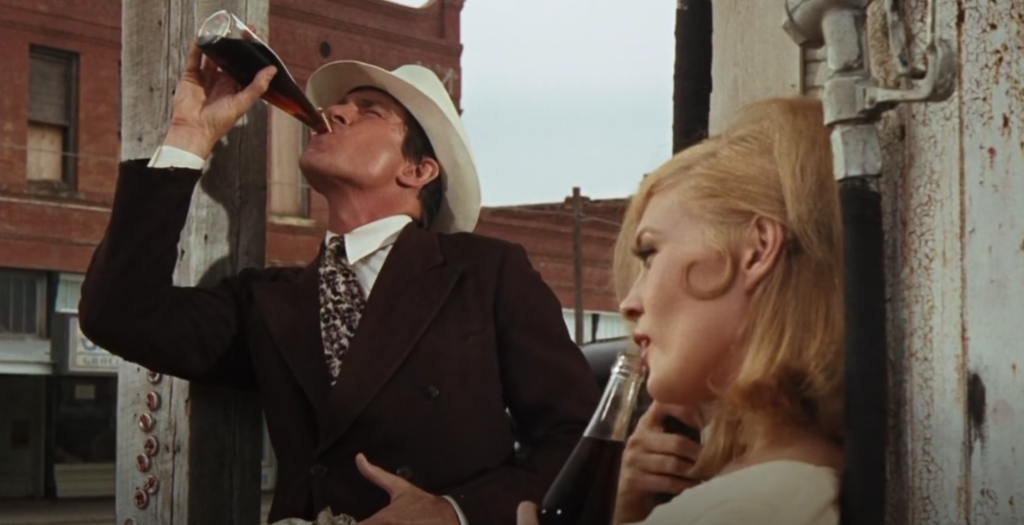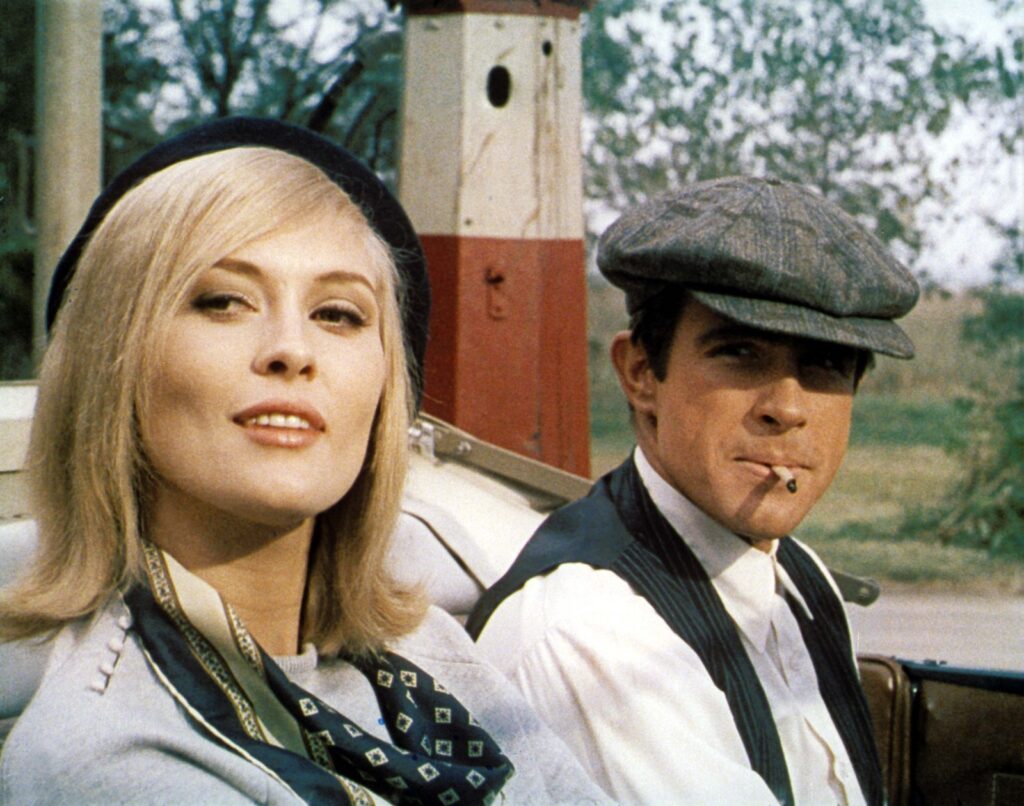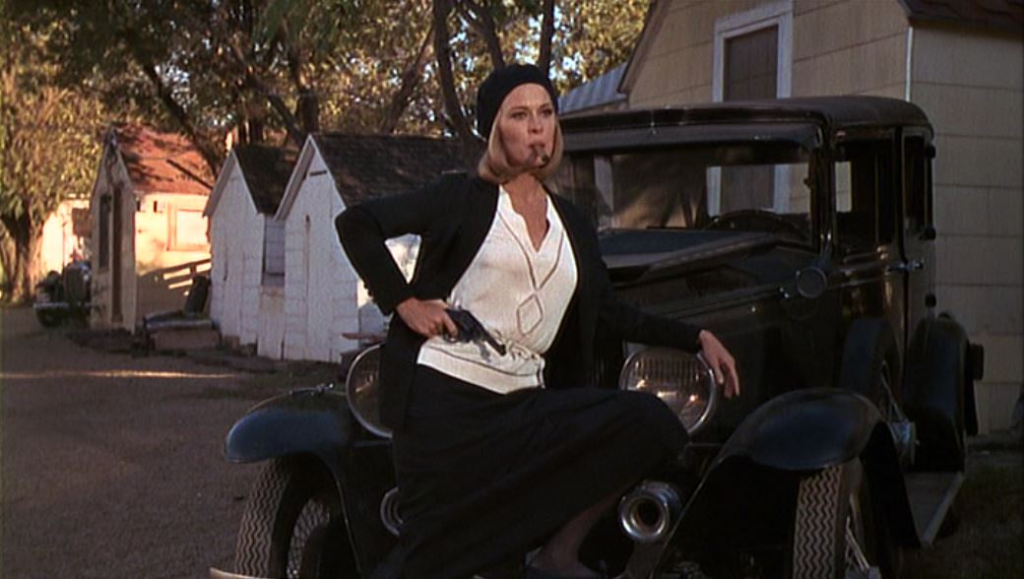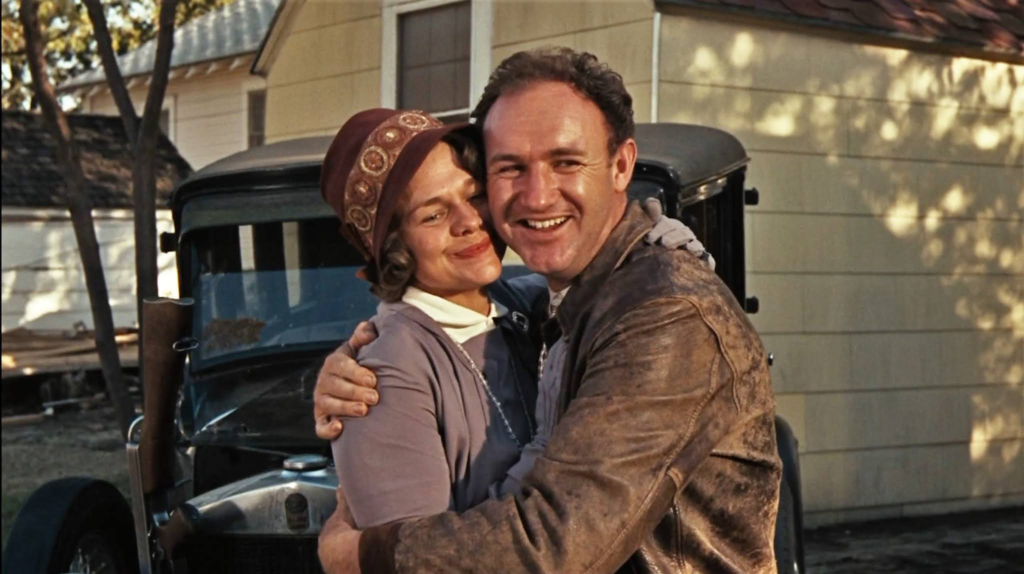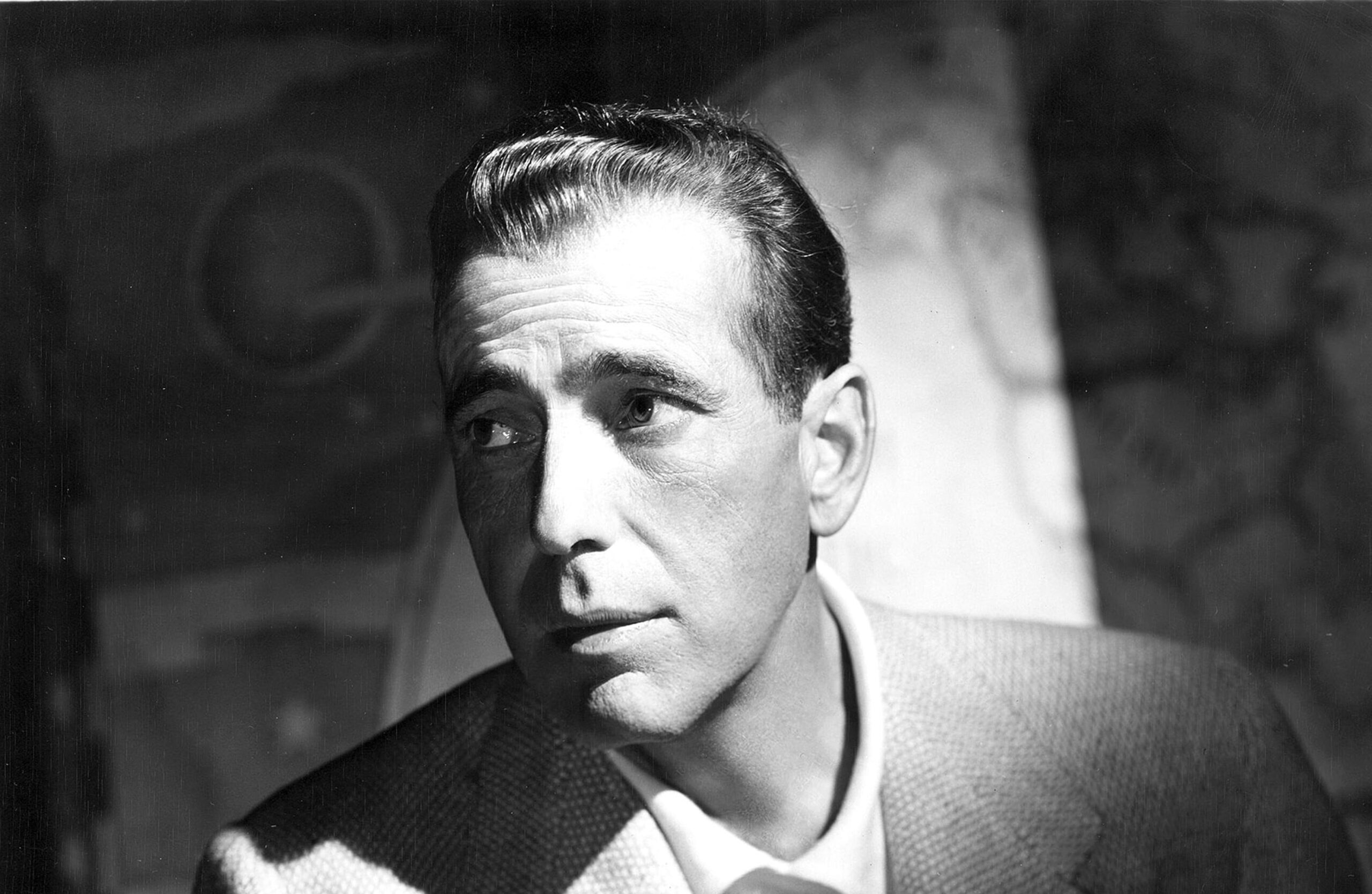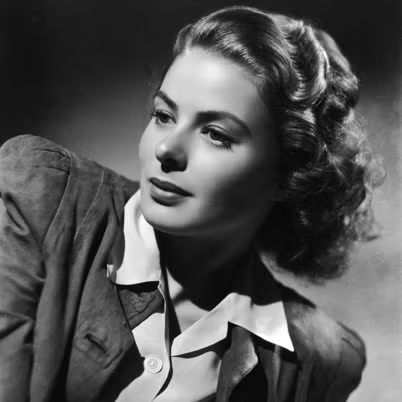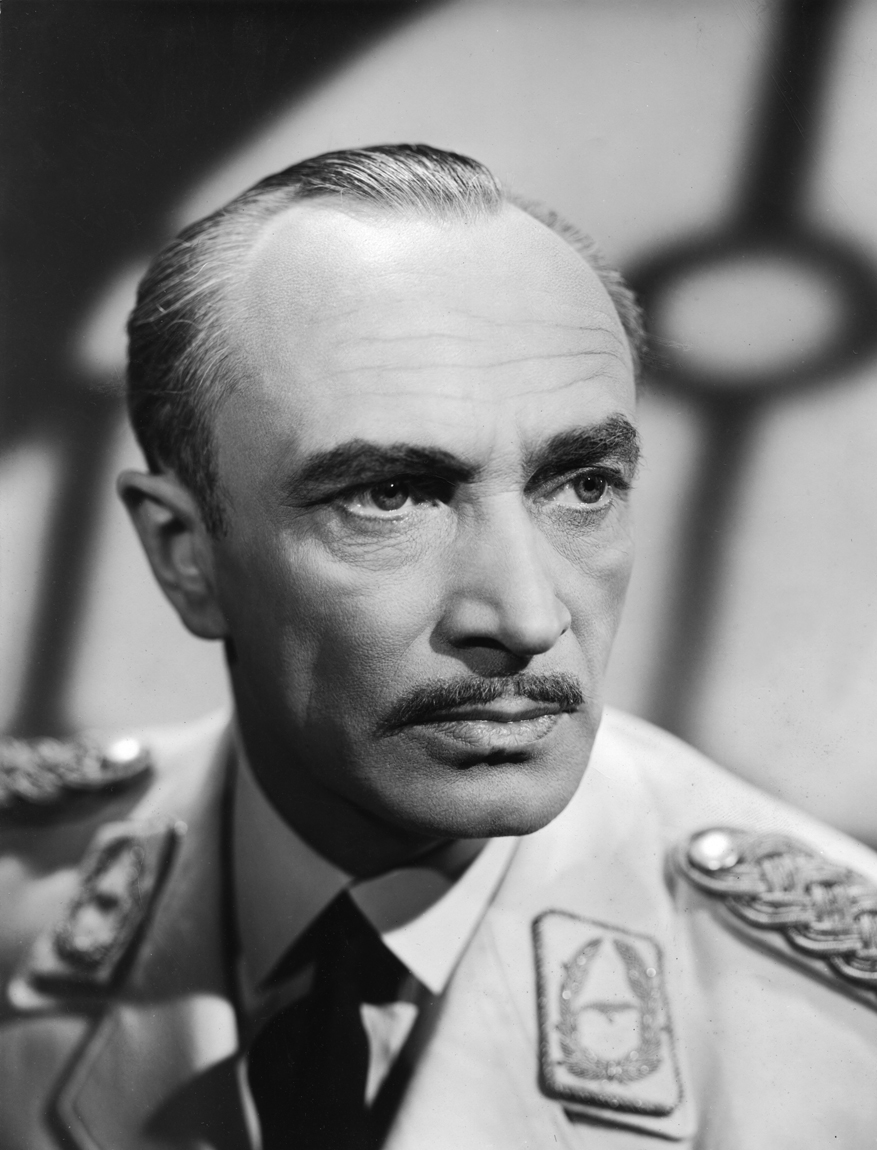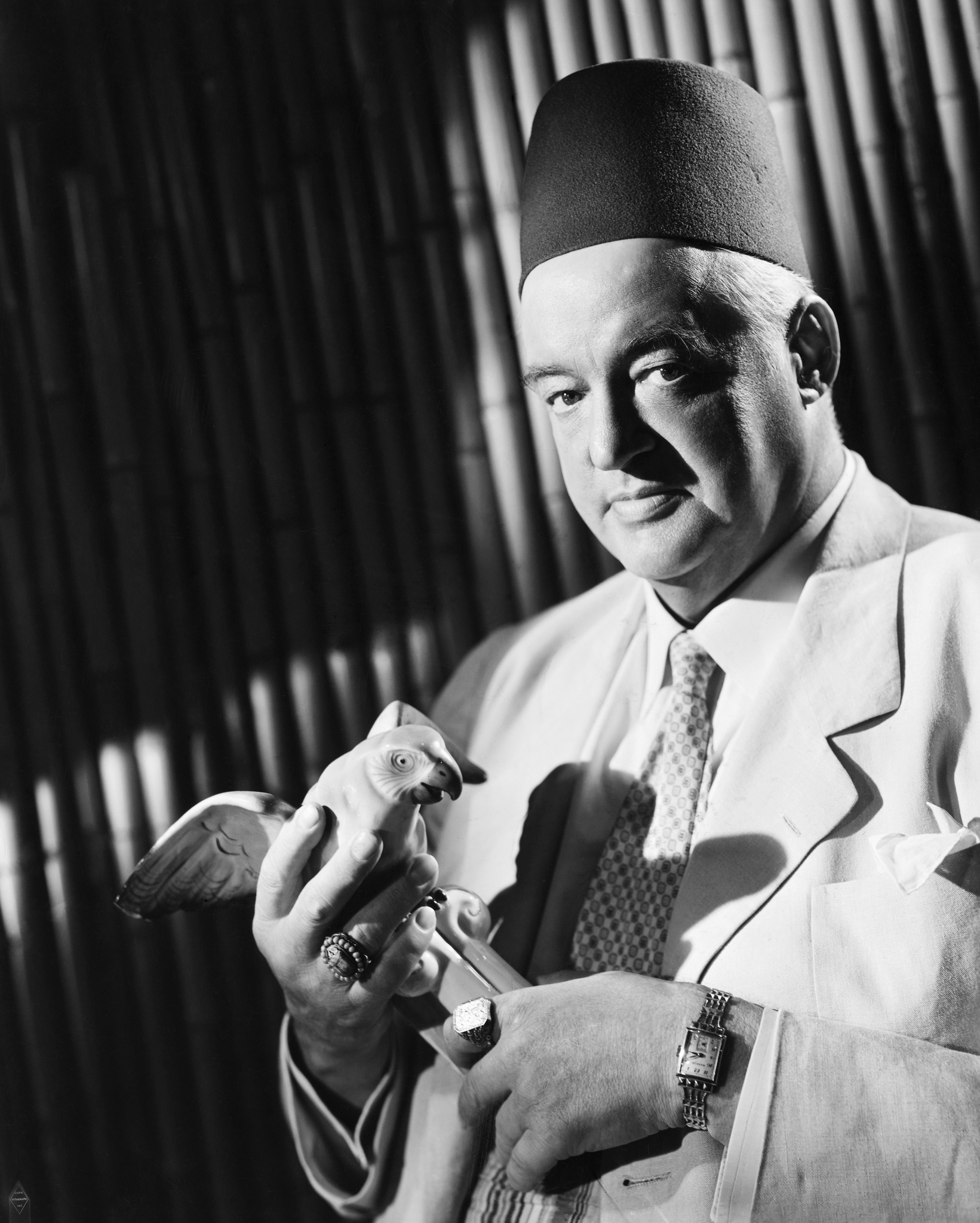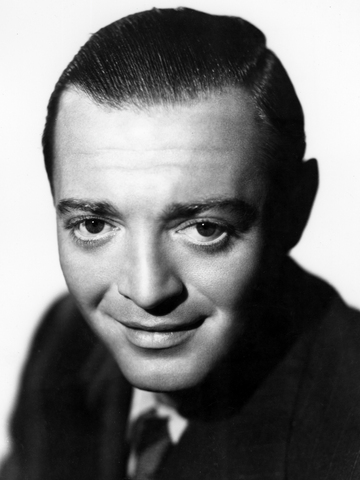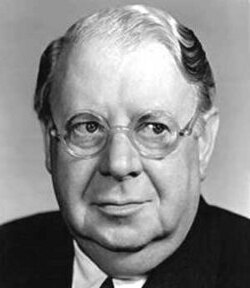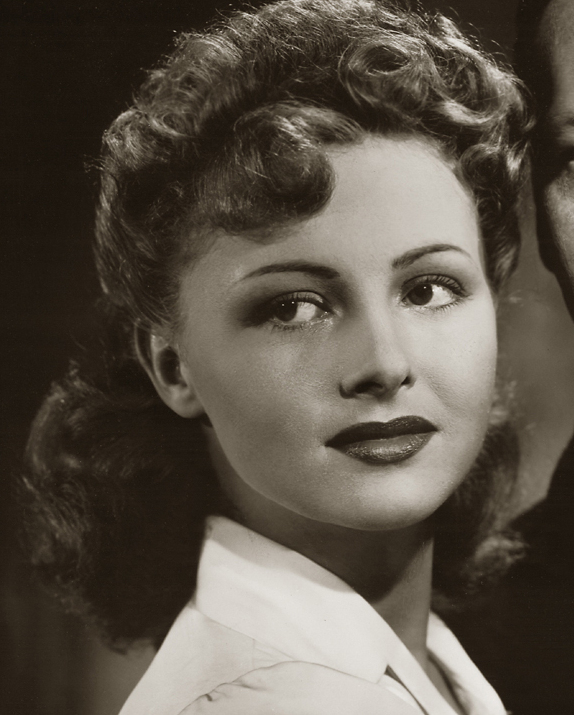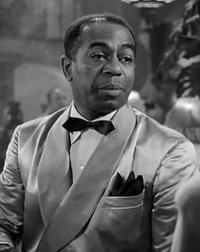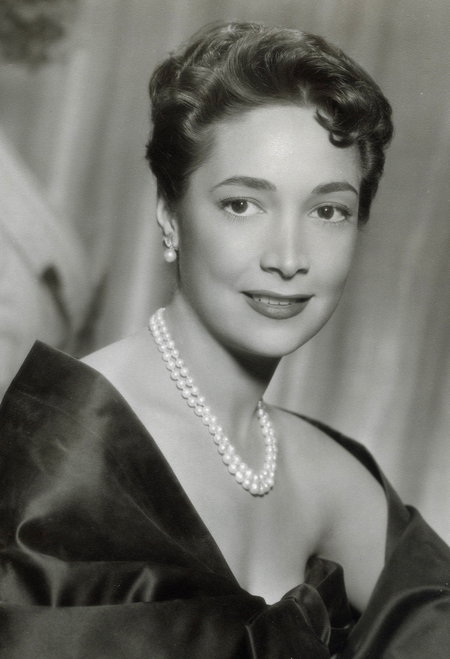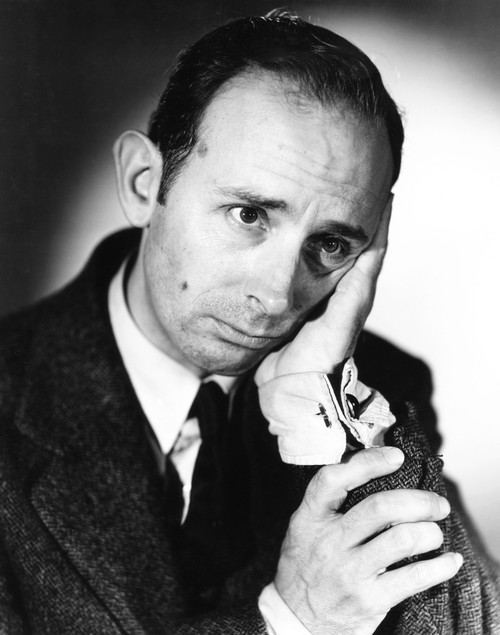Initial Rating – 9/10
What I enjoyed about Casablanca was it’s simplicity, set design, and character dynamics. Each character got a satisfying development across the story and it led to me feeling sympathetic for the problems being faced by our main trio. The design of Rick’s bar, as well as the exterior shots of Casablanca, were visually interesting and kept me engaged in the story unfolding. As for the editing style, I can’t say that it made the movie any more interesting to me but it worked well for the themes being portrayed in the movie.
Humphrey Bogart – Rick Blaine
Bogart had a successful Hollywood career prior to Casablanca, usually playing secondary villain characters until being cemented as a suave leading man by Casablanca. On contract with Warner Bros, and originally not cast as Rick (for Ronald Reagan)
Ingrid Bergman – Ilsa Lund
As Ingrid was of Swedish origin, she waconsidered ‘exotic’ by American producers, and Curtiz wanted Ilsa to be played by a foreign actress, as he thought they would be able to sympathise with her character. She was active in Europe before Casablanca, being in films like 1936’s On the Sunny Side, or 1935’s Walpurgis Night.
Paul Henreid – Victor Laszlo
Paul was born in Austria to Austrian-American parents, and developed a love for acting early on. Paul was originally attracted to the role of Victor due to his hatred for the Nazi regime, as he was sectioned into concentration camps before reaching America.
Claude Rains – Captain Louis Renault
Rains was a British actor known for playing villains, like The Phantom Of The Opera and The Invisible Man
Conrad Veidt – Major Strasser
Conrad was from Germany but strongly opposed the Nazi regime, speaking out against their anti-sematic viewpoints. Most of his filmography features anti-nazi and anti-war films, apart from occasional villainous roles like in “The Cabinet Of Dr Caligari” and “The Man Who Laughs” (in which the character he plays became the inspiration for DC’s Joker)
Sydney Greenstreet – Signor Ferrari
Greenstreet avoided appearing in any films until he was 61, where he worked with Humphrey Bogart in “The Maltese Falcon” only a year before Casablanca.
Peter Lorre – Ugarte
Lorre was a Hungarian actor, who was known for playing “timidly devious” characters. He worked with Warner Bros for years on different crime films.
S.Z. Sakall – Carl
Sakall is a Hungarian actor who worked on stage throughout the 10s-20s. He moved to Hollywood after the Nazi’s pushed him out of Berlin. He spent his career playing supporting roles in film and musical.
Madeleine LeBeau – Yvonne
French actress who fled France with her Jewish husband after Axis takeover, once arriving in America she was given a contract by Warner Bros and started with Casablanca
Dooley Wilson – Sam
Wilson was a popular musician in the 20’s and 30’s, having toured across the world with his band before starring in Casablanca.
Joy Page – Annina Brandel
Though her stepfather was the head of Warner Bros, he did not want Page to be in Casablanca. Reluctantly she was cast at age 17, and never made any movies with Warner Bros again
John Qualen – Berger
Originating in theatre troupes in America and Canada, Qualen went on to make over 100 movies across his career, with his biggest role being in 1940’s “The Grapes Of Wrath”
Mise En Scene in Casablanca
Although Casablanca is set in Morocco, it was shot on a soundstage in Burbank, California; specifically in Warner Brothers Studios. It was chosen to be shot on specially designed soundstages instead of on location in Morocco due to both the expense of international production and the ongoing war in Morocco at the time. Each set was built for the movie, meant to mimic actual Moroccan architecture to create verisimilitude for the settings.
Editing in Casablanca
Casablanca utilises the invisible style of storytelling to engage us in the character’s personal relations. The very claustrophobic and intimate shots of Rick and Ilsa we see when they are talking in Rick’s bar clue us in to the dynamic that they share, and allows us to connect with the emotional tone of the scene.
Sound in Casablanca
Max Steiner composed the orchestral score for most of the film, which provided an epic and patriotic feel to particularly emotional scenes. Though it is synonymous with the film, “As Time Goes By” wasn’t written for Casablanca, it was written for a Broadway musical by Herman Hupfeld.
Aesthetics in Casablanca
Casablanca’s set and costume is designed to specifically create verisimilitude for Casablanca, trying to precisely mimic the architecture and sensibilities of an urban Moroccan town.
Hal Wallis, as producer for Casablanca, put together the production team and script for the movie.
Themes and Issues
Isolationism – a policy of remaining apart from the affairs or interests of other groups, especially the political affairs of other countries. Rick starts the movie as an isolationist, but ends as a sentimentalist and a patriot.
What was America’s view on WWII? 88% of Americans opposed the idea of declaring war against the Axis powers in Europe, and only 35% of Americans believed their government should risk war to help the British.
Representation in Casablanca
Women: Minor female characters, only used as love interests or “damsels in distress” if not background characters, gender roles reinforced
Men: Leading force of the story, all characters with authority are male, gender roles reinforced
Authority Figures: Police, private investigators, all white males
People Of Colour: Only a few POC characters, most notably Sam, the piano player
Americans: Rick and Sam, presented as positive and in demand characters
Europeans: Most European characters as shown to be struggling immigrants caught between war-torn countries
34 different nationalities are represented in Casablanca, both in front of and behind the camera.
Political and Social Contexts in Casablanca
ALLIES – Great Britain, The United States, and The USSR
AXIS – Germany, Italy, and Japan
France was occupied quite early in WWII, causing some rogue soldiers to become the “free French” (allies). Vichi France is a territory occupied by the German forces in France, run by a pseudo-German government (has control over Casablanca)
WWII starts in 1939, but The US doesn’t join the war until the December 7th Pearl Harbour bombing by Japan in 1941, prompting their entry to the war.
Operation Torch
Allied invasion of French North Africa during WWII. Torch was a compromise operation that met the british objective of securing victory in North Africa while allowing American armed forces the opportunity to begin their fight against Nazi Germany and Fascist Italy on a limited scale. “It captured the zeitgeist”
On November 26th, 1942, Casablanca was premiered in New York City
Casablanca Conference
Was held in Casablanca, from Jan 14-24 1943. Used to plan the Allied European strategy for the next phase of WWII. Main discussion was between US President Franklin B Roosevelt, and British PM Winston Churchill.
Americans learn about the war through Newspaper, Radio, and Film.

